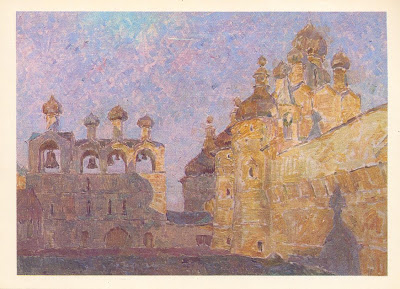The River Mersey is a river in North West England. It is around 70 miles (113 km) long, stretching from Stockport, Greater Manchester, and ending at Liverpool Bay, Merseyside. For centuries, it formed part of the ancient county divide between Lancashire and Cheshire.
The river is now internationally famous thanks to the music of the 1960s known as Mersey beat and its strong association with Liverpool, which produced songs such as "Ferry Across The Mersey".
Over 30 acres of land within the heart of the Liverpool dock area. The site is a paradise to bird watchers and is an important area for seabirds and waders. Consisting of freshwater and salt lagoons it also provides a valuable source of food for the ducks that over-winter in Liverpool. For those interested in viewing the wildlife, three viewing hides are available for use, in one of the freshwater lagoons. Ross sent me this nice card.



















